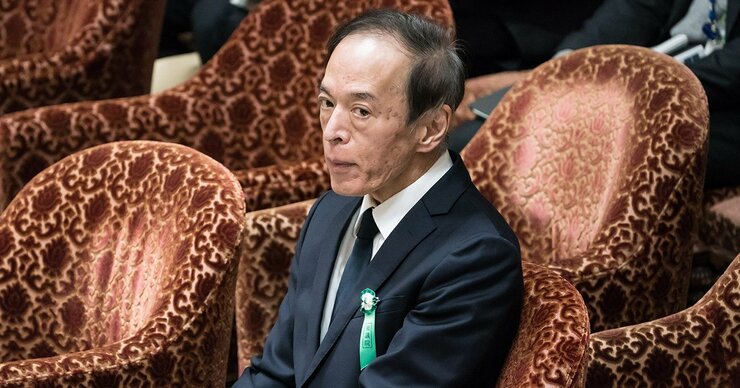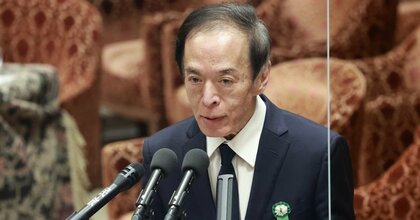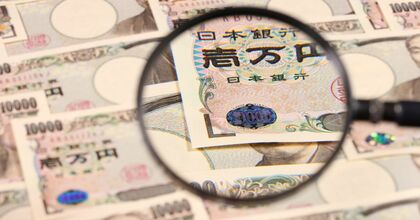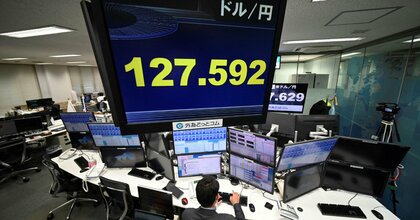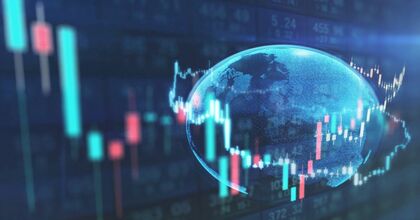What will the Bank of Japan do next? Commentators, economists and global headlines speculate anxiously, since BOJ Governor Haruhiko Kuroda’s allegedly “huge” December policy reversal. They focus myopically on the bank’s projections and minuscule moves—seeking clues of its future gyrations, how Japan’s economy and stocks will react and what it means for global investors. It is all heavily overblown. Central banks’ actions are cheap. Their talk is even cheaper.
Originally published in Japanese on Feb. 6, 2023
Forget fickle forecasts
Investors’ central bank obsession abounds from Niigata to New York. The widely held presumption: That central banks—with their armies of PhDs and institutionalized processes—must be wiser than the collective marketplace, with a keen eye for their nation’s economic future and the tools to steer it, as needed.
Hence, conventionality envisions central bank talk as prescriptive and their policy moves as crucial. Wrong! I have long written that central banks are more reactor than causer—economic and market conditions drive their decisions, not the reverse. Why? Widely held economic expectations are pre-priced. And, with scores of similarly trained economists on staff, central bank talk amounts to groupthink—rarely deviating from consensus views.
Central bank jawboning does not prevent surprises and volatility. Instead, they often create chaos when moves vary from prior guidance, raising uncertainty, hitting sentiment and curtailing risk taking. The BOJ’s recent yield-curve control (YCC) shift—and unscheduled bond-buying operations—are one example. Kuroda long dismissed even the possibility of a YCC pivot, resulting in shock with just a teensy reversal. Talking heads described his shift as “dangerous.”
Some compared it to 1989’s BOJ hikes. Bond and currency markets wiggled after Kuroda’s pivot, fearing bigger moves ahead. Everyone makes wrong forecasts, myself included. But central bank projections cement them into policy expectations, so switching gears draws the public’s ire.
This is not new. Recall 2014’s BOJ turnabout, when it injected trillions of yen into Japan’s economy despite previously hyping its resilience and on-track inflation. Or, 2016’s surprise negative interest rate debut—weakening the yen and driving far-flung fears. Some feared more outflows from China’s renminbi, given its then-new valuation formula included a heavy yen weight. Now, BOJ officials deny a YCC exit looms. Maybe. But if officials do not know what they will do next, how can you? Especially since Kuroda’s term ends in April!
The feckless US Fed
The same holds in America, where hot 2022 inflation exposed “forward guidance”—the U.S. Federal Reserve’s telegraphing of upcoming policy moves—as folly. Even before the Ukraine war, U.S. inflation was spiking. The Fed said not to worry, calling it fleeting or “transitory.” It dropped that suddenly in March, fanning the rate hike fears partially behind 2022’s global bear market.
In May, Fed Chair Jerome Powell said officials weren’t even considering 75-basis-point rate hikes. Yet it hiked that much at each of its next four meetings, starting the next month! In July, Powell implied forward guidance itself would end—only for every Fed policymaker to start jabbering again days later.
The Fed now claims it must raise interest rates higher and longer than initially planned to slay inflation, stirring investor hand-wringing. But why believe it?
Actions Aren’t Better Than Words
Regardless, do not central bank actions largely control the global economy? Not really! Yes, Japan’s adherence to negative rates and yield-curve control through 2022 had an outsized effect on 10-year Japanese government bond (JGB) yields. But 9-year yields and 15-year yields were both higher than the 10-year before Kuroda’s shift. Markets pre-priced his big turnabout. That is why, even after Kuroda’s December about-face, 10-year JGB yields “soared” just 0.2 percentage points.
Meanwhile, many see U.S. Fed policy as more globally significant, given the dollar’s dominance and America’s leading interest rates. But 2022’s U.S. rate hikes defy that, seen correctly. Consider: Rate hikes impact growth by raising banks’ short-term funding costs, theoretically cooling lending, and impeding growth. Banks borrow short-term funds to finance longer-term loans.
But, as I discussed on December 17, banks are now flooded with excessive deposits. They get all they want and more at virtually zero cost. Deposits’ share of bank liabilities is historically high. Total deposits are about 35% above pre-COVID levels. Lending is therefore increasingly profitable, so it actually accelerated in 2022 despite 4.25 percentage points of Fed rate hikes.
So lose your central bank fixation. Don’t buy the BOJ’s equivocating. Instead, see falling input costs, improving supply chain functioning and cooling energy prices lowering inflation expectations—which already have global long rates off their highs. That, against a resilient global economy, is rocket fuel for a 2023 market recovery.
Ken Fisher is the Founder and Executive Chairman of Fisher Investments, a $200 billion global investment management firm spanning Asia, North America, Europe, Australasia, and the Middle East. He is the author of 11 books, including four New York Times Bestsellers, and writes customized columns in leading publications in 15 countries. He lives in Dallas, Texas. The views expressed here are his own.






